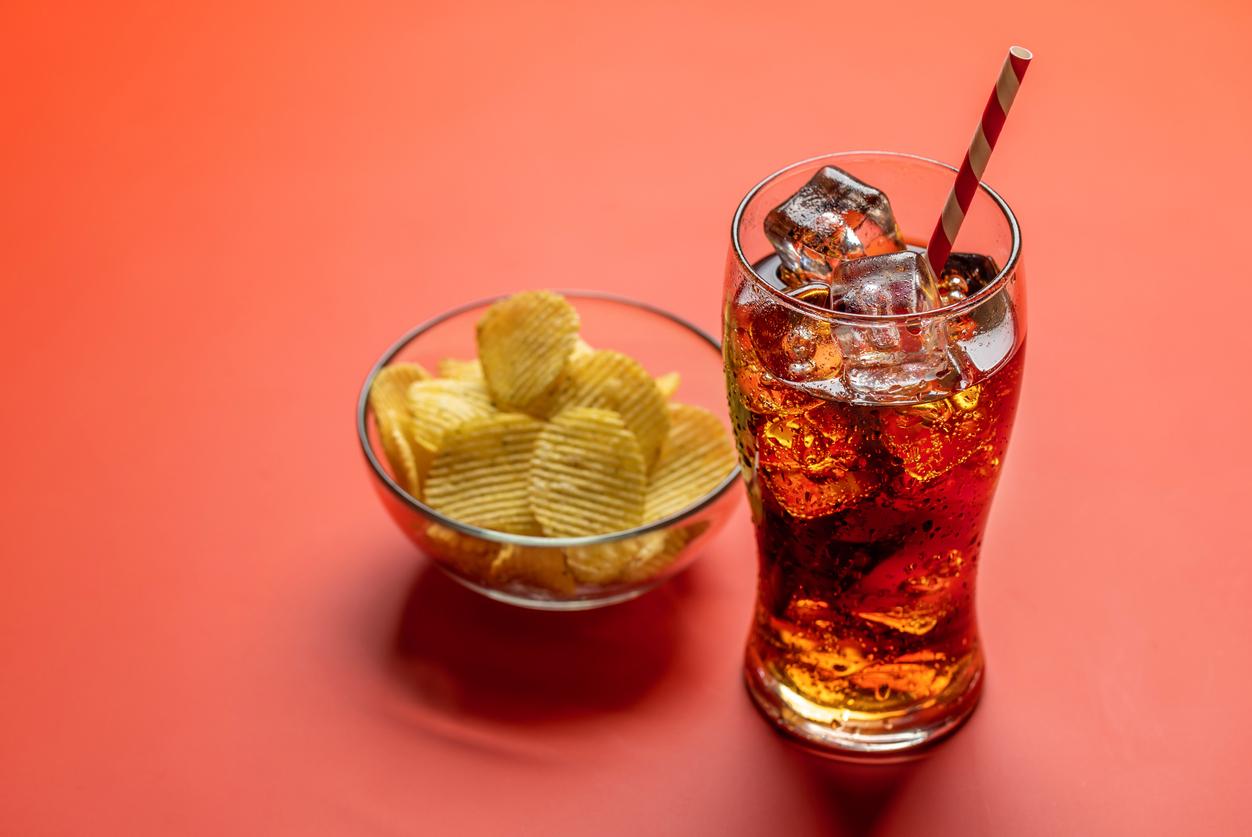Individuals consuming a lot of emulsifying food additives may be more likely to develop type 2 diabetes.

- In Europe and North America, 30 to 60% of adults’ dietary energy intake comes from ultra-processed foods.
- Emulsifiers are among the most commonly used additives in these products to improve their appearance, taste, texture and shelf life.
- Emulsifiers increase the risk of suffering from type 2 diabetes, according to a new survey.
Regularly ingesting certain emulsifying food additives via processed products may promote the onset of type 2 diabetes, according to new French research.
“For the first time at the international level, a team of French researchers was interested in the relationships between dietary intake of emulsifiers and the risk of developing type 2 diabetes in a large study in the general population”, we learn in an Inserm press release.
Diabetes and emulsifiers: research based on 14 years of monitoring
The results are based on the analysis of French data from 104,139 adults (average age 43 years; 79% women) who participated in the NutriNet-Santé study between 2009 and 2023.
Participants provided information online about all the foods and drinks they usually consumed as well as their brand (for industrial products) over two days of recording. They were then re-interviewed about their eating habits every 6 months for 14 years.
“These records were linked to databases in order to identify the presence and dose of food additives (including emulsifiers) in ingested products. Laboratory assays were also carried out to provide quantitative data. This made it possible to calculate chronic exposure over time to these emulsifiers”, explains the research center.
Emulsifiers: 1,056 cases of diabetes diagnosed
During follow-up, many participants declared the occurrence of diabetes (1,056 cases diagnosed) and their reports were validated using a multi-source strategy including reimbursement of medications. Several well-known risk factors for diabetes, including age, sex, weight (BMI), education level, family history, smoking, alcohol, physical activity levels and quality overall nutritional value of the diet (including sugar intake) was taken into account in the analysis.
After cross-checking the data, researchers observed that chronic exposure to the following emulsifiers was associated with an increased risk of type 2 diabetes:
– carrageenans (total carrageenans and E407; increased risk of diabetes by 3% per increment of 100 mg per day);
– tripotassium phosphate (E340; increased risk of diabetes 15% per increment of 500 mg per day);
– acetyltartaric acid esters of monoglycerides and diglycerides of fatty acids (E472e; increased risk of diabetes by 4% per increment of 100 mg per day);
– sodium citrate (E331; increased risk of diabetes by 4% per increment of 500 mg per day);
– guar gum (E412; increased risk of diabetes by 11% per increment of 500 mg per day);
– gum arabic (E414; increased risk of diabetes by 3% per increment of 1000 mg per day);
– xanthan gum (E415, increased risk of diabetes by 8% per increment of 500 mg per day).
Diabetes and emulsifiers: “further investigations are now necessary”
“This study constitutes a first exploration of these relationships but further investigations are now necessary to establish causal links,” can we read in the document sent to the editorial staff.
“These results come from a single observational study at the moment and do not alone make it possible to establish a cause and effect link. They must be reproduced in other epidemiological studies around the world and then supplemented by studies experimental toxicological and interventional studies to shed further light on the mechanisms linking these emulsifying additives to the occurrence of type 2 diabetes”, explain in conclusion the two authors of the study (Mathilde Touvier, research director at Inserm and Bernard Srour, professor at INRAE). “They nevertheless provide key elements to enrich the debate on the reassessment of the regulations relating to the use of additives in the food industry in order to better protect consumers”, they finish.

Diabetes: what are emulsifiers used for?
In Europe and North America, 30 to 60% of adults’ dietary energy intake comes from ultra-processed foods.
Emulsifiers are among the most commonly used additives in these products (pastries, cakes, desserts, yogurts, ice creams, chocolate bars, industrial breads, rusks, margarines, prepared meals) in order to improve their appearance, taste, texture and their shelf life.

















